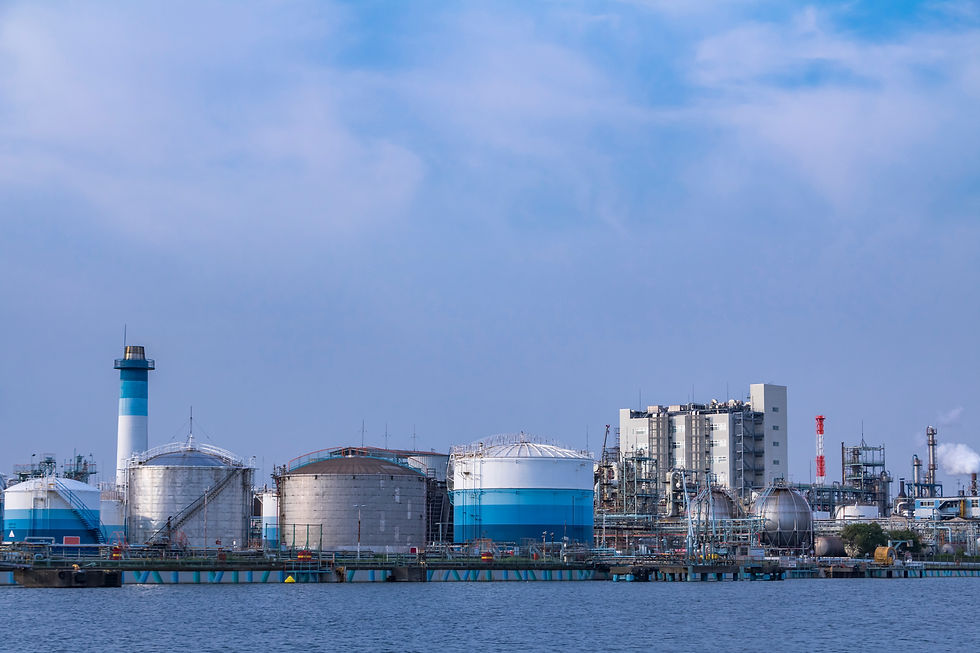U.S. Remains Top LNG Exporter in 2024
- Aiden Reams
- Apr 18
- 2 min read
The United States maintained its status as the world’s largest liquefied natural gas (LNG) exporter in 2024, exporting a record average of 11.9 billion cubic feet per day (Bcf/d), according to a recent U.S. Energy Information Administration report. This marked a 12% increase in export demand since last year and capped a decade-long rise in LNG exports, which were largely driven by expanded infrastructure, growing global demand, and continued domestic production growth capabilities.
U.S. LNG exports have been particularly important in supplying Europe amid geopolitical tensions, such as the war in Ukraine. Nearly half of all U.S. LNG in 2023 was sent to European countries, helping to offset the continent’s decline in Russian gas imports due to international trade restrictions. Asia, Latin America, and new entrants in Africa and the Middle East also received U.S. LNG, bringing the total number of importing countries to 44.
The report notes that LNG exports to Europe decreased 19% in 2024 due to lower gas consumption and high storage amounts following a mild 2023-24 winter. However, Asian countries, including Japan, South Korea, India, and China, boosted their imports of LNG last year by 26%, and accounted for 33% of U.S. exports in 2024.
The rapid growth is supported by significant sustained infrastructure investments. Multiple large-scale LNG liquefaction export facilities, including Plaquemines LNG, Corpus Christi Stage 3, and Golden Pass, are currently under construction. At these terminals, natural gas is cooled to a liquid state at about -260 degrees Fahrenheit for shipping and transport by specially built ships.
These projects are expected to more than double US LNG export capacity between 2023 and 2028. However, this growth has not been without political friction. In early 2024, the Biden administration paused approvals for new LNG export terminals pending a review of their climate and economic impacts. The pause aimed to align energy infrastructure development with the administration’s broad carbon neutral commitments, although it was met with criticism from the fossil fuel industry and Republican lawmakers. The Trump administration lifted this pause on his first day in office after winning reelection, and has shown strong support for boosting LNG exports.
The EIA projects significant continued short-term growth, with LNG exports expected to rise through the end of the decade as ongoing projects come online, by 19% through 2025, and another 15% in 2026. The EIA reports that with new production site projects underway, this demand should be met through 2026. However, the effect that recently announced tariffs on imported goods by the U.S. and other countries, including China, could inject some uncertainty into the continued growth and change those forecasts.



Comments